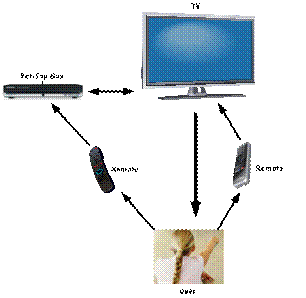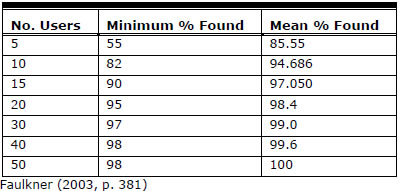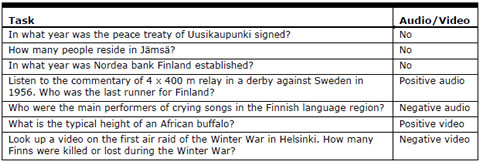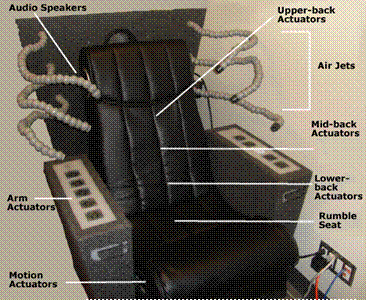Insights for the TV Interface from the Mobile Phone Interface
Abstract We reviewed the service structure, needs analysis, user interface model, and interaction analysis for television (TV) and mobile phones. Due to the increasing use of services such as electronic program guide (EPG), digital video recorder (DVR), and pay-per-view (PPV), we concluded that text input for the TV interface will be inevitable. Furthermore, jumping interaction will remain as the main interaction for TV. Based on the successes and failures of various interaction technologies for mobile phones, we present a prediction of new input paradigms for the TV interface. Finally, cooperative design by TV manufacturers and service operators will be significant for the success of advanced interactive TV services. Practitioner’s Take Away Because user interface design elements for both TV and …





